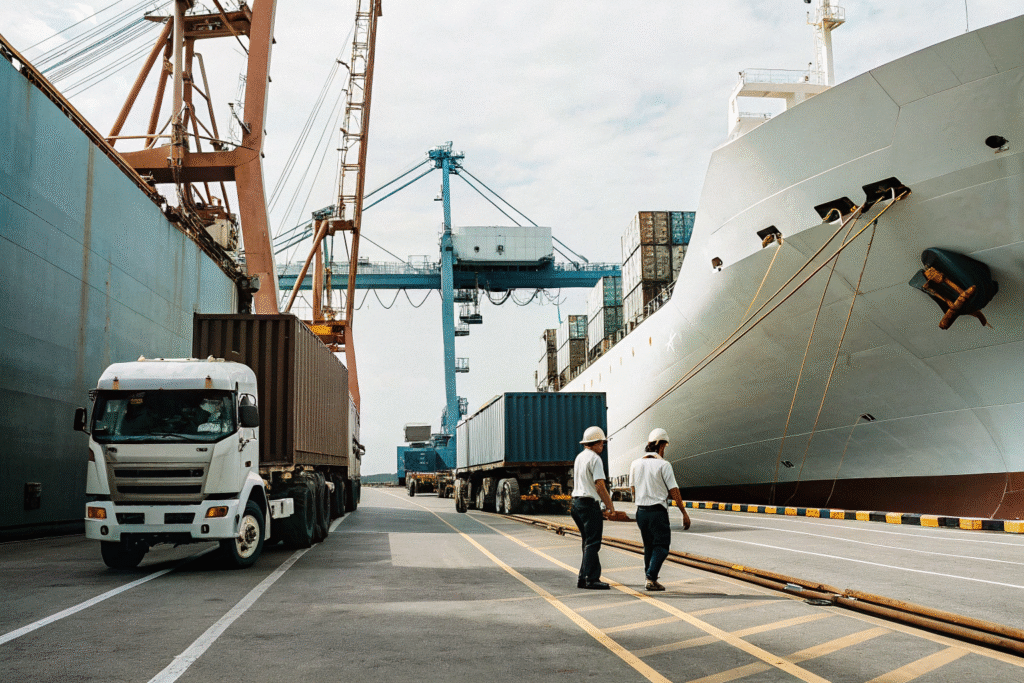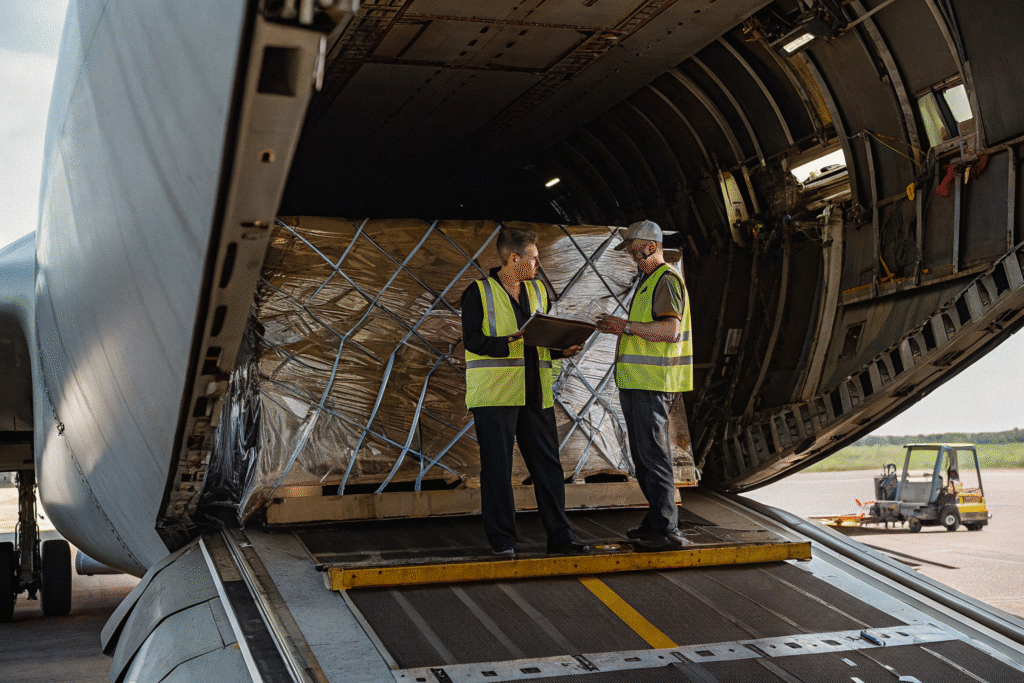In 2025, international shipping costs are being shaped by shifting demand, fuel prices, geopolitical tension, and infrastructure changes. Logistics decisions now make or break your margins—especially for businesses exporting high-volume goods from Asia to North America or Europe.
This article compares the most cost-effective international logistics channels in 2025—ocean, air, rail, and road—and offers practical advice on when and how to use each mode to save money and reduce risk.
As GeeseCargo, we’ve helped clients across industries choose optimal shipping methods with custom-built solutions. Let’s explore how you can gain efficiency and price advantage in today’s complex global trade environment.
Is Ocean Freight Still the Cheapest Shipping Method?
Ocean freight continues to dominate for high-volume, non-urgent shipments.
Despite rate fluctuations, full container load (FCL) and less-than-container load (LCL) ocean freight remain the most economical choice per unit—especially for apparel, electronics, and accessories.

What Are the Average Ocean Freight Costs in 2025?
Rates from China to the U.S. West Coast have dropped to $1,000–$1,300 per 40ft container, while routes to Europe sit around $1,600–$1,900. LCL shipping now averages $40–$65 per CBM.
Track real-time rates on Freightos or Xeneta.
When Is Ocean Freight Ideal?
Use ocean freight when:
- You ship 10+ CBM or full 20ft/40ft containers
- You’re shipping non-perishables
- You can afford transit times of 20–40 days
It’s perfect for wholesale clothing, bulk electronics, and long lead-time inventory.
How Can You Reduce Air Freight Costs?
Air freight is faster but traditionally more expensive. In 2025, that’s changing.
Thanks to eCommerce growth and belly cargo expansion, air freight costs are becoming more competitive—especially for high-value, lightweight goods.

What Are Current Air Freight Rates?
In 2025, general cargo rates from China to the U.S. are around $4.50–$6.50/kg, while express and priority cargo sits at $7.50–$10/kg. Transit time ranges from 3–7 days door-to-door.
Check live rates at WebCargo or WorldACD.
When Should You Use Air Freight?
Air freight makes sense when:
- You’re delivering urgent goods (launches, restocks)
- Your products are light but high-value (e.g., branded clothing)
- You need guaranteed delivery before customs policy changes
GeeseCargo helps clients combine air freight with bonded warehouse options to cut delivery time by 30%.
Is Rail Freight a Viable Alternative Between Asia and Europe?
Rail is the perfect balance between ocean and air: faster than sea, cheaper than air.
For companies shipping to Europe from inland China, rail offers reliable transit at moderate rates. In 2025, it’s a smart choice for fashion brands and electronics retailers alike.

What Are Rail Freight Rates in 2025?
Rail freight from Chongqing or Xi’an to Poland or Germany costs $7,500–$9,500 per 40ft container with transit times of 18–25 days. This includes pre-carriage and customs clearance.
Explore transit maps and data via RailFreight.com or China Railway Express.
What Are Rail Freight Limitations?
- Service covers only parts of Europe
- Some routes face congestion in Kazakhstan and Belarus
- Limited availability for dangerous or perishable goods
Still, it’s a great middle-ground for mid-speed, mid-cost shipments.
Can Road Freight Compete on Cross-Border Efficiency?
Cross-border trucking is rising fast in Southeast Asia and Central Europe.
In 2025, road freight offers cost-effective flexibility for intra-Asia trade or first/last-mile connections to air, sea, or rail networks.

What Are Typical Road Freight Costs?
Road freight in Southeast Asia averages $1,000–$1,600 per full truckload (FTL) for cross-border routes, e.g., China–Vietnam or Thailand–Malaysia. Partial loads cost $0.25–$0.45/kg.
Use TC Trucking or Linfox for Southeast Asia road lane data.
When Should You Use Road Freight?
- Regional deliveries within ASEAN
- China–Vietnam–Thailand multi-country routes
- Urgent cross-border B2B restocks
At GeeseCargo, we integrate road freight with DDP services and bonded handovers, allowing clients to move quicker than waiting for vessel slots.
What’s the Best Strategy for Mixed-Mode Shipping?
The most cost-effective logistics strategies in 2025 don’t rely on just one channel—they combine the best of each.
Mixed-mode shipping, also known as multimodal freight, lets you optimize speed, cost, and customs visibility.

How Can You Combine Modes Efficiently?
Examples:
- Air + Road: Use air freight to Vietnam, then road to Thailand
- Rail + Ocean: Ship by rail to Germany, then truck to local warehouse
- Sea + Air: Use ocean to LA, then air to East Coast during disruptions
Platforms like GoComet or Flexport help simulate best combinations.
Why Work With a Freight Partner?
GeeseCargo helps clients:
- Simulate route-based costs
- Pre-book transit modes to avoid peak congestion
- Secure bonded warehouse support across borders
We create scalable shipping plans using dynamic rates and priority routing, not just price sheets.
Conclusion
The most cost-effective international logistics channels in 2025 depend on your product, urgency, and destination. Ocean freight still wins on volume, air freight rules for speed, rail gives balance for China–Europe, and road freight handles regional flexibility.
Let GeeseCargo help you choose the right mode—or mix them for maximum efficiency. For custom shipping strategy and real-time lane options, contact Ben Zhu at benzhu@geesecargo.com today. We’ll deliver the lowest total landed cost, not just the lowest quote.









